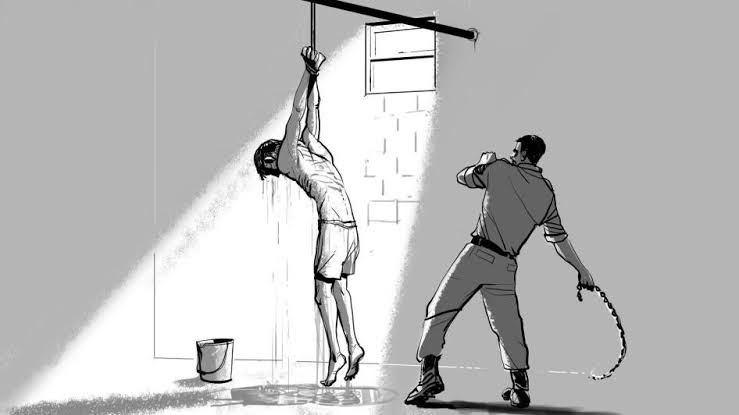🧾 Key Fact (RBI Report):
Middle class and lower-middle class households are spending 25.7% of their total expenditure on EMIs.
Analysis:
Major EMIs are for Non-Productive Assets:
Home loans
Education loans
Personal loans for car/taxi, electronics, etc.
These do not generate direct income (unlike business loans or capital investments).
Why is it Problematic?
Reduces household disposable income → lower consumption
Increases financial vulnerability in case of job loss or inflation
EMI defaults rise → Bad loans (NPAs) increase
Banks’ capital buffer is strained, affecting future lending
Impact on Economy:
Consumption slowdown (especially private consumption, a major GDP driver)
Stagnant middle-class savings
Credit-led growth becomes risky if repayment capacity is weak
Value Addition (UPSC Perspective):
Reports & Data:
RBI Financial Stability Report (FSR) – warns about over-leveraged households
NSSO & PLFS – stagnant or falling real wages among urban poor and lower middle class
Keywords to Use:
Over-leverage Consumption fatigue Non-productive credit Household debt stress Credit quality erosion
📝 UPSC Mains Questions (GS-3):
Q1. “A consumption-led growth model cannot sustain if it rests on non-productive credit.” In light of RBI’s findings, examine the risks associated with rising EMI burden on the middle class.
Q2. Discuss the implications of high household indebtedness on banking sector health and India’s economic resilience.
Hindi Version:
🧾 मुख्य तथ्य (RBI रिपोर्ट के अनुसार):
मध्य वर्ग और निम्न-मध्य वर्ग अपनी कुल खर्च का 25.7% केवल EMI चुकाने में खर्च कर रहा है।
विश्लेषण:
EMI का उपयोग गैर–उत्पादक वस्तुओं के लिए:
घर के लिए ऋण
शिक्षा ऋण
कार/टैक्सी जैसे निजी उपयोग हेतु ऋण
ये आय उत्पन्न नहीं करते, सिर्फ खर्च हैं।
बैंकिंग के लिए समस्या क्यों?
लोगों की क्रय शक्ति घटती है → उपभोग घटता है
नौकरी जाने या महंगाई बढ़ने पर चूक की संभावना बढ़ती है
EMI चूक बढ़ने से बैंक पर NPA (फंसे ऋण) का दबाव बढ़ता है
बैंक के पूंजी भंडार पर असर पड़ता है
आर्थिक प्रभाव:
उपभोग आधारित अर्थव्यवस्था पर असर
मध्य वर्ग की बचत क्षमता कम होती है
ऋण आधारित विकास जोखिम भरा बन जाता है
वैल्यू एडिशन (UPSC दृष्टिकोण से):
रिपोर्ट व डेटा:
RBI – वित्तीय स्थिरता रिपोर्ट (FSR)
NSSO, PLFS – शहरी निम्न वर्ग की वास्तविक आय में ठहराव
प्रमुख शब्द:
अधिक ऋण भार (Over-leverage)
उपभोग थकावट (Consumption fatigue)
गैर-उत्पादक ऋण
ऋण गुणवत्ता क्षरण
📝 UPSC मुख्य परीक्षा प्रश्न (GS-3):
Q1. “यदि विकास का आधार केवल उपभोग है और वह भी ऋण पर आधारित हो, तो वह लंबे समय तक नहीं टिक सकता।” इस कथन की आलोचनात्मक समीक्षा करें।
Q2. मध्यम वर्ग पर बढ़ते ऋण भार के संदर्भ में भारत की बैंकिंग प्रणाली की स्थिरता का मूल्यांकन करें।











